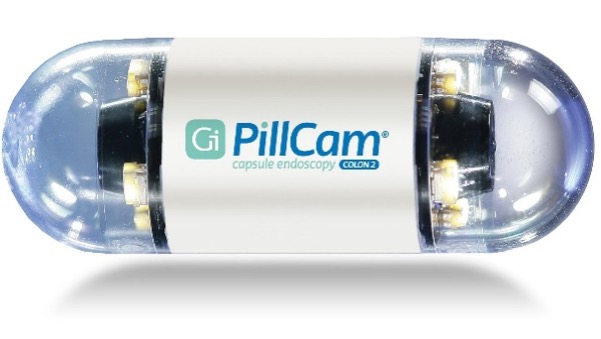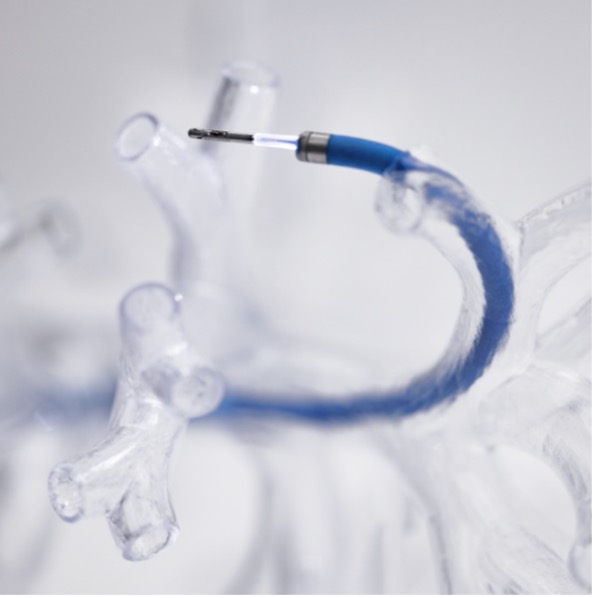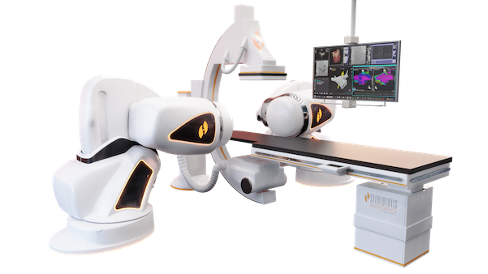Magnetic fields offer unique advantages in medical applications, particularly in robotics, thanks to their fundamental physical properties. Unlike optical or electrical signals, magnetic fields do not significantly decay when passing through biological tissues, enabling consistent control and imaging deep within the human body. Additionally, magnetic interactions are inherently biocompatible—non-toxic and non-ionizing—making them ideal for medical use. Their compatibility with MRI systems further underscores their safety and integration into clinical environments, paving the way for minimally invasive and precise interventions.
One major application of magnetic forces in medical robotics is magnetic actuation. Instead of relying on traditional motors or mechanical components, miniature robots can be driven by external magnetic fields, allowing for minimally invasive procedures. For instance, magnetically controlled soft robots can navigate complex anatomical pathways to perform minimally invasive surgeries. A notable example is the magnetic capsule endoscope (PillCam, figure 1), a pill-sized device guided externally to capture high-resolution images of the gastrointestinal tract. Similarly, millimeter-scale robotic tools (Monarch Platform, figure 2) can biopsy tissues or deliver therapies with unparalleled precision, reducing patient trauma and recovery times.

Figure 1: PillCam for endoscopy, driven by an external magnetic field
Beyond propulsion, magnets serve as real-time tracking beacons for medical devices. Catheters embedded with tiny magnets allow clinicians to monitor their position during procedures such as cardiac ablation or targeted drug delivery (Stereotaxis Genesis, figure 3). External sensors detect the magnet’s location, enabling three-dimensional navigation without continuous X-ray exposure. This approach enhances accuracy in delicate interventions while minimizing radiation risks.

Figure 2: Monarch system for minimally invasive biopsy
Taking magnetism to a smaller scale, a promising frontier is magnetic drug delivery, where magnetic nanoparticles coated with therapeutics are guided by external fields to targeted disease sites. In oncology, for example, iron oxide nanoparticles loaded with chemotherapy drugs can be directed toward tumors, concentrating treatment efficacy while sparing healthy tissue. This method reduces systemic side effects and could revolutionize treatments for cancers, infections, or neurological disorders, highlighting magnets’ potential to enhance therapeutic precision.

Figure 3: Stereotaxis Genesis, a magnetic track for catheter guidance
From propelling micro-robots like the PillCam to enabling Stereotaxis’ catheter guidance systems, magnets are reshaping medical robotics with their distinctive combination of safety, deep penetration, and precise control. As technology advances, magnetic systems—such as nanoparticle therapies like NanoTherm—promise to unlock even more sophisticated applications, underscoring their role as a cornerstone of next-generation medical innovation. By bridging precision with biocompatibility, magnetism is poised to redefine the future of healthcare, one magnetic pulse at a time.
At Quadrant, we’re proud to stand at the forefront of these magnetic innovations. Our advanced magnetic solutions empower medical robotics to deliver safer, more precise procedures, driving the next generation of healthcare forward.
